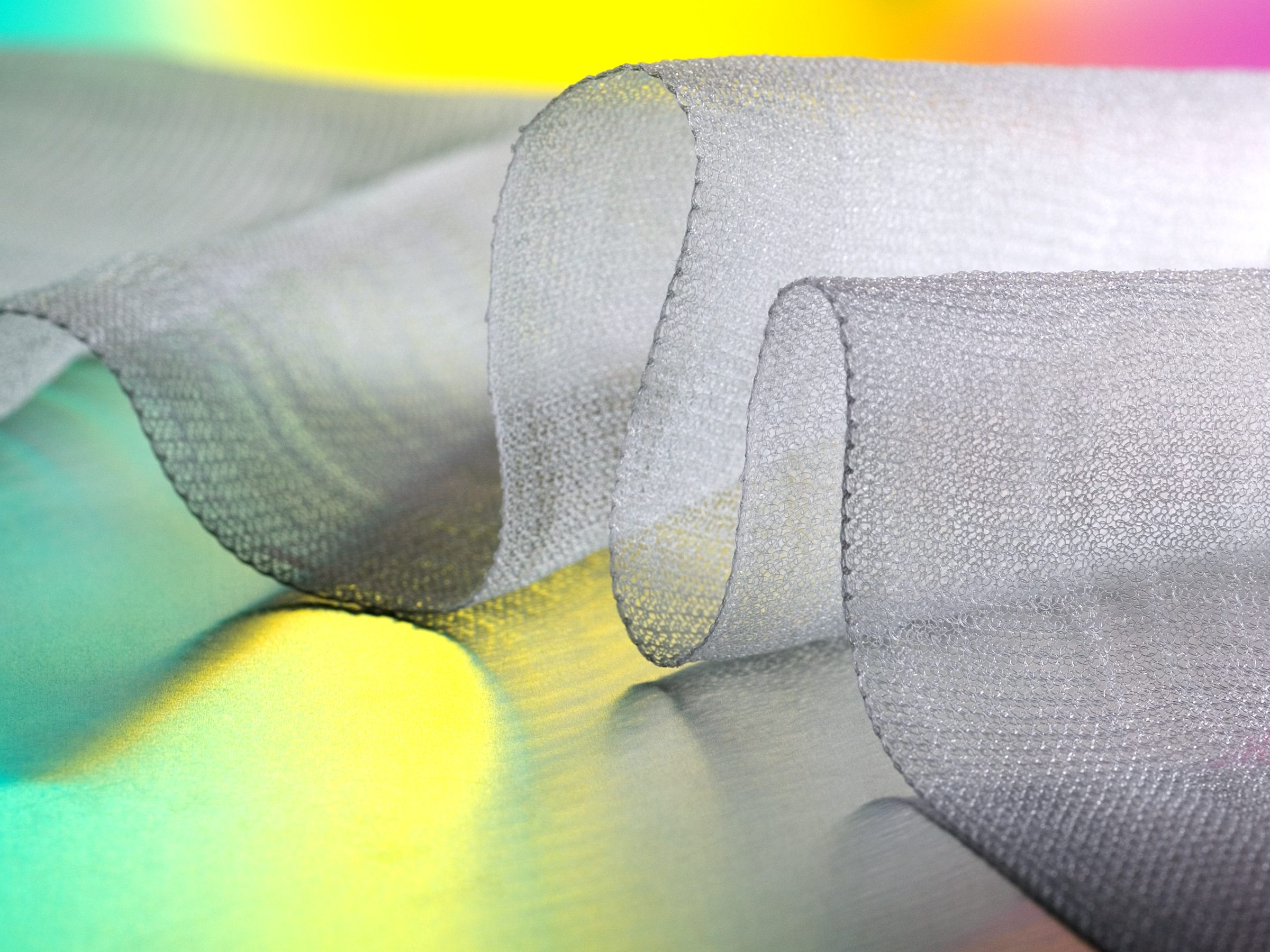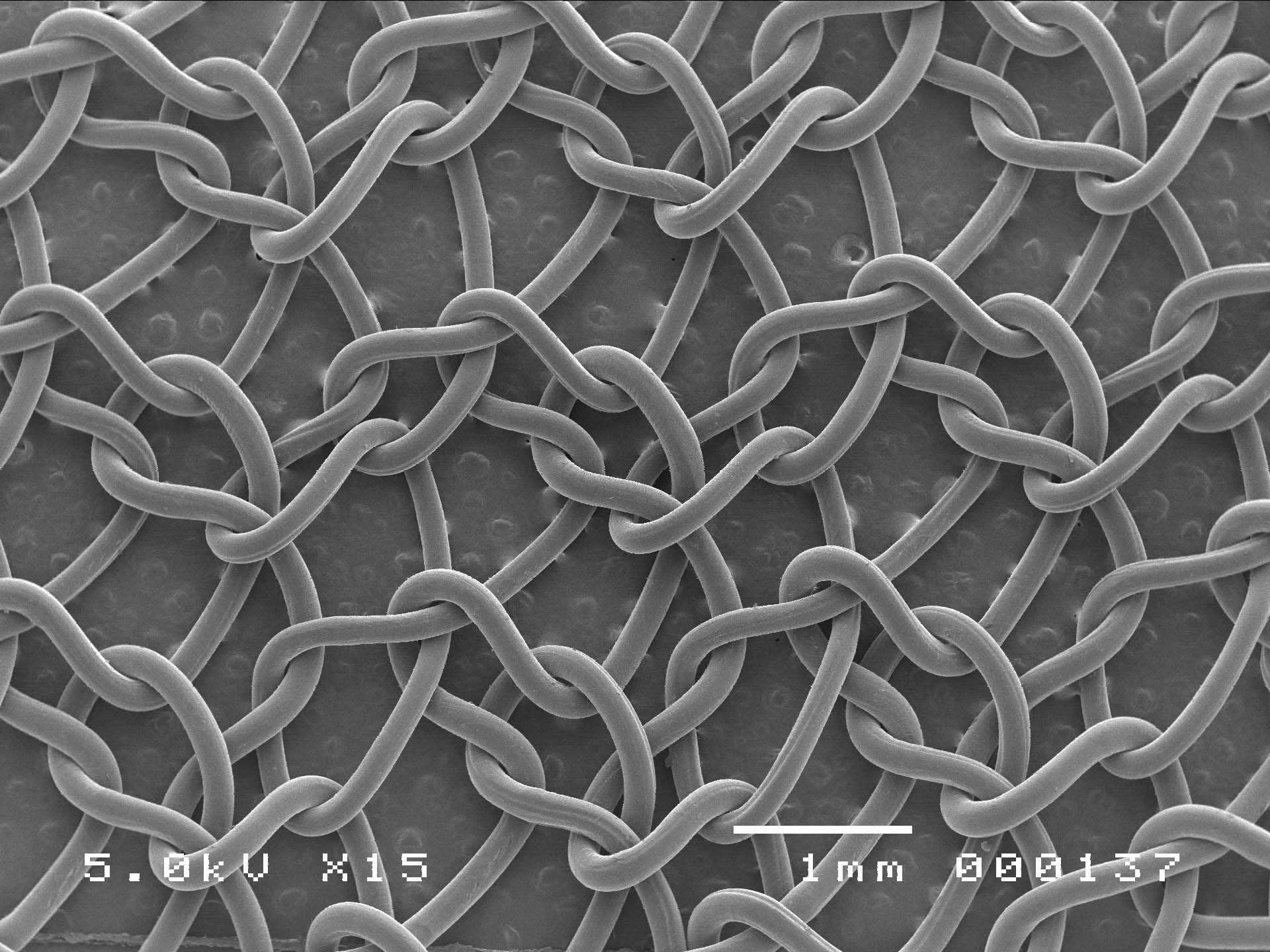Home > Health & Education > eAdvances
Biopolymer Mesh Disappears After Healing: August 21, 2007
The majority of patients undergoing hernia repair surgery leave the hospital with a permanent souvenir – plastic mesh that is implanted to reinforce the compromised abdominal wall during the healing process. If all goes well, the mesh should become a harmless artifact once healing is complete, but in some unlucky patients, persistence of this foreign object can cause discomfort, promote infection, or damage surrounding tissue. In order to avoid these complications, it would be preferable to use an absorbable mesh that would allow tissue to heal and then disappear once it is no longer needed. However, absorbable mesh products developed to date have been of limited utility for hernia and other soft tissue repair, in part because they tend to be absorbed too quickly, diminishing structural support before healing is complete. Tepha, Inc., a Boston-area medical device company, hopes its newly developed absorbable mesh will provide a solution to this problem. The mesh is made of a novel, naturally produced type of polyester material called TephaFLEX® polymer, also known as poly-4-hydroxybutyrate (P4HB). TephaFLEX Surgical Mesh retains its strength considerably longer than meshes made from traditional synthetic absorbable polymers; studies in animals reveal that TephaFLEX Surgical Mesh retains over half of its original strength after 12 weeks in vivo, while a commonly used synthetic mesh loses virtually all of its strength after only 4 weeks. Thus, mesh made of TephaFLEX provides reinforcement for a period of time more compatible with the tissue repair process. “That’s the key,” says Dr. David Martin, Senior Director of Research and Development at Tepha, “to provide the necessary structural support during the wound healing process without the long-term implications of a permanent implant.” In addition to overcoming the hurdle of absorption rate, TephaFLEX biopolymer exhibits a number of other advantages. It is more flexible than its synthetic counterparts, making it easier for surgeons to handle, but it is still very tough. The by-product of its degradation (the 4HB monomer) is a natural human metabolite present in a number of organs and tissues, including the brain and the heart. Thus, it is not surprising that TephaFLEX absorption does not appear to have any negative effects in vivo, particularly since there is virtually no accumulation of 4HB due to the slow rate of biopolymer degradation and the rapid elimination of 4HB from the body. A Microbial WorkforceAlthough the value of TephaFLEX material stems from its strength and functionality, the process by which the polymer is produced is also remarkable. In nature, some microorganisms make similar polyesters as part of an energy storage scheme when they do not have access to certain nutrients. Because it is impossible to synthesize P4HB chemically in a test tube, large-scale production of the polymer requires exploitation of this natural biological process.
Moving Toward Clinical ApplicationTepha has performed a series of in vivo studies to determine the safety and absorption characteristics of TephaFLEX, and has also confirmed the ability of the mesh to support hernia repair in an animal model. Based on these results, Tepha recently received clearance from the Food and Drug Administration to market its Surgical Mesh, as well as TephaFLEX Absorbable Sutures, in the United States. In addition to making two potentially valuable medical device products available for use, this success is significant for another reason. “This is the first biologically derived polyester used in a medical device,” explains Martin. References: Martin DP, Williams SF. Medical applications of poly-4-hydroxybutyrate: a strong flexible absorbable biomaterial. Biochem Eng J. 2003;16:97-105. Tepha, Inc. Website. Available at: http://www.tepha.com/
|
 |
 |
Department of Health and Human Services |
 |
National Institutes of Health |
 |







